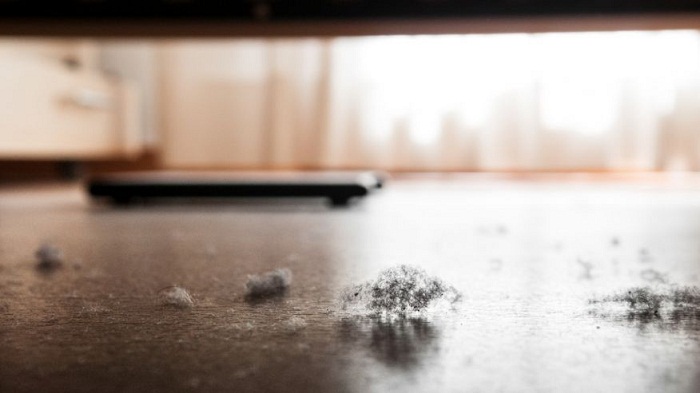What`s more, 10 of these chemicals were present in 90 percent of the dust samples collected, which suggests that many people are exposed to these substances, the researchers said.
The 45 chemicals belong to five classes of compounds: phthalates, flame retardants, phenols, fragrances and highly fluorinated chemicals. Many of these chemicals have been linked to health hazards in previous studies, such as hormone disruption, fertility problems and cancer, the researchers said.
Children are likely at higher risk for exposure to chemicals from dust, because children often crawl or play on the floor and put their hands in their mouths, the researchers said.
"The findings suggest that people, and especially children, are exposed on a daily basis to multiple chemicals in dust that are linked to serious health problems," study co-author Ami Zota, an assistant professor of environmental and occupational health at George Washington University`s Milken Institute School of Public Health in Washington D.C., said in a statement.
The chemicals found at the highest levels in dust were phthalates, followed by phenols, flame retardants, fragrances and highly fluorinated chemicals.
But it`s important to note that the researchers could not determine the health effects of any of these chemicals at the levels they are found in dust, they said.
"These categories of chemicals are certainly of concern," said Dr. Kenneth Spaeth, chief of Occupational and Environmental Medicine at Northwell Health in Great Neck, New York, who was not involved in the study. However, the new research shows only that the chemicals are present in dust, and future studies are now needed to examine the extent to which these chemicals get in the body and contribute to harmful effects on health, Spaeth said.
In addition, most studies on the health effects of these chemicals consider just a single chemical at a time. But the new study showed that dust exposes people to multiple chemicals at once. For this reason, more research is needed to better understand the health effects of being exposed to the mixture of chemicals found in dust, the researchers said.
It`s very difficult for consumers to avoid these chemicals, because many are found in common items, and manufacturers are often not required to include the substances on the label. "I would say it would be extraordinarily hard to eliminate them" from the home, Spaeth said.
But there are still ways for people to reduce their exposure to chemicals in dust. These methods include washing their hands frequently, using a vacuum with a HEPA (high-efficiency particulate arrestance) filter and, when possible, opening windows to allow fresh air to circulate in the home, Spaeth said.
Governments and companies can also advance policies that would remove hazardous chemicals from products, the researchers said. The U.S. Consumer Products Safety Commission has already banned some phthalates from children`s products, and the Food and Drug Administration is currently considering a petition to ban phthalates from food packaging, the researchers said.
More about:
















































